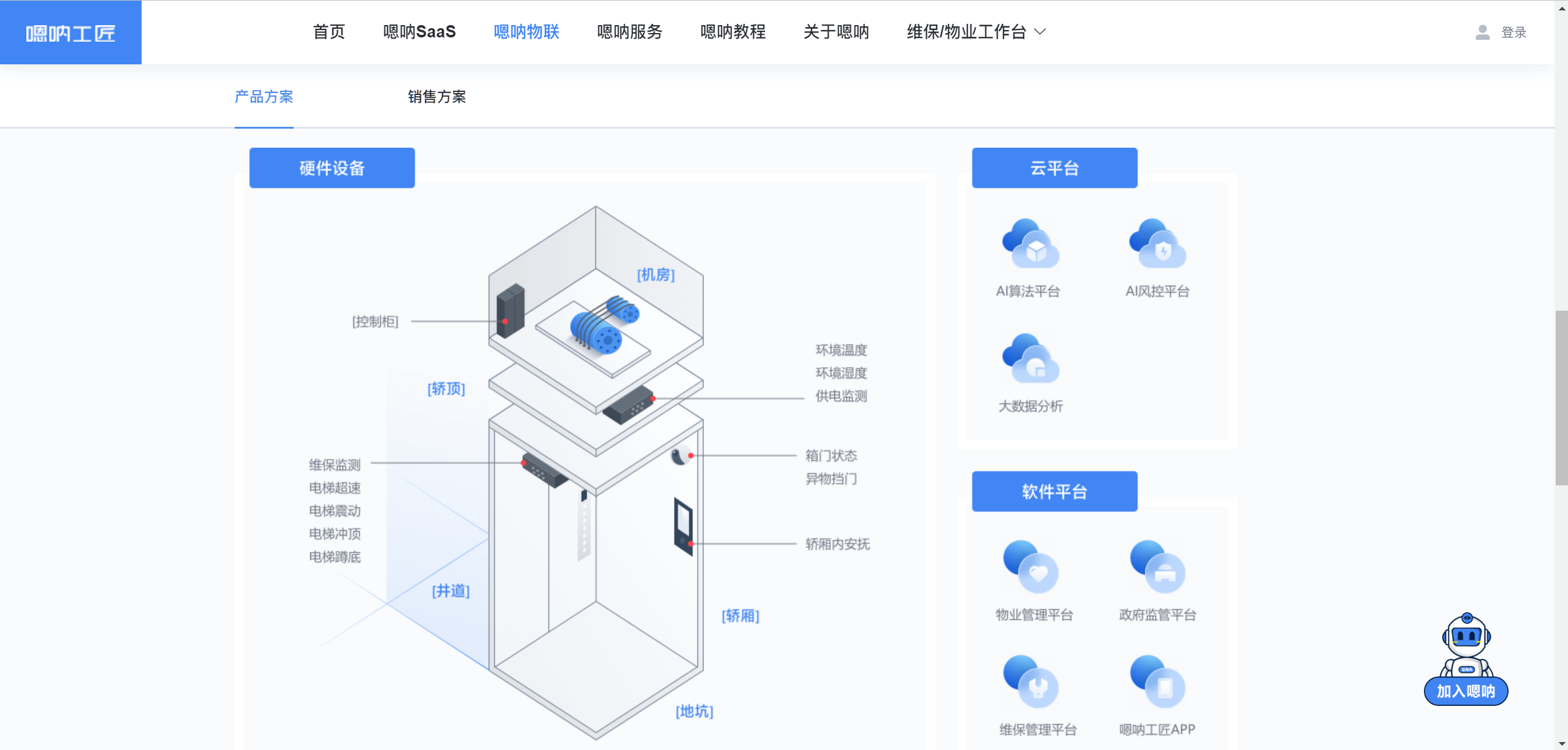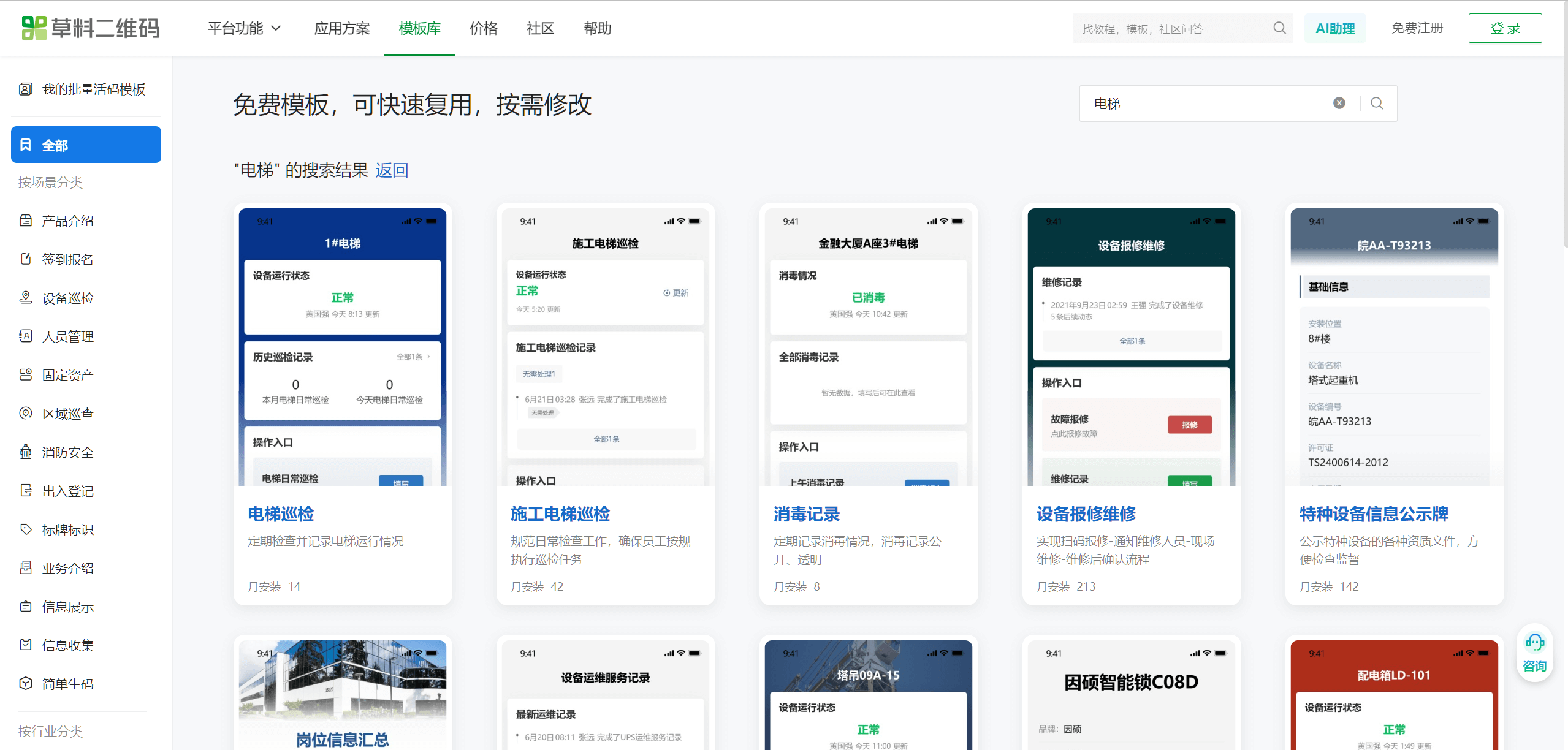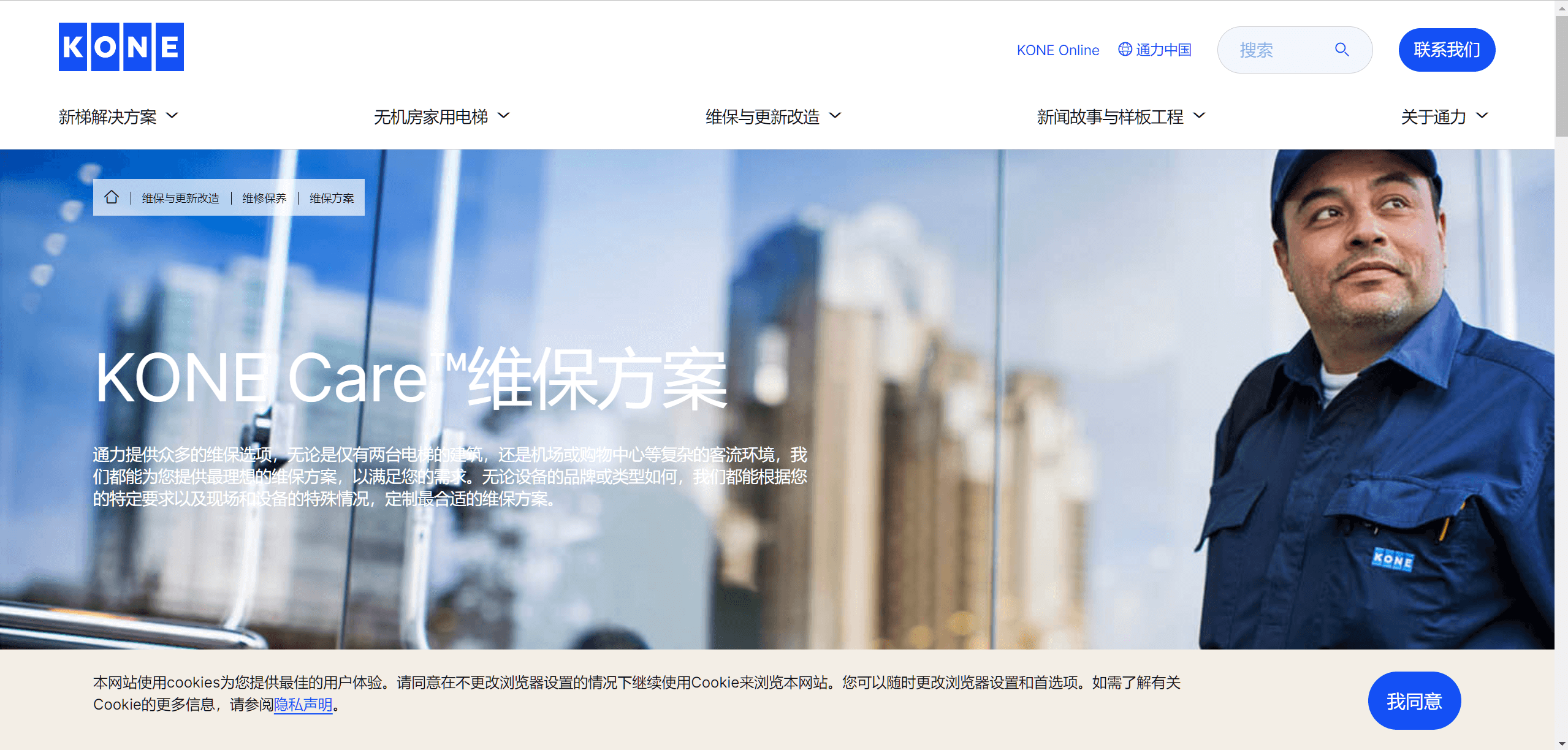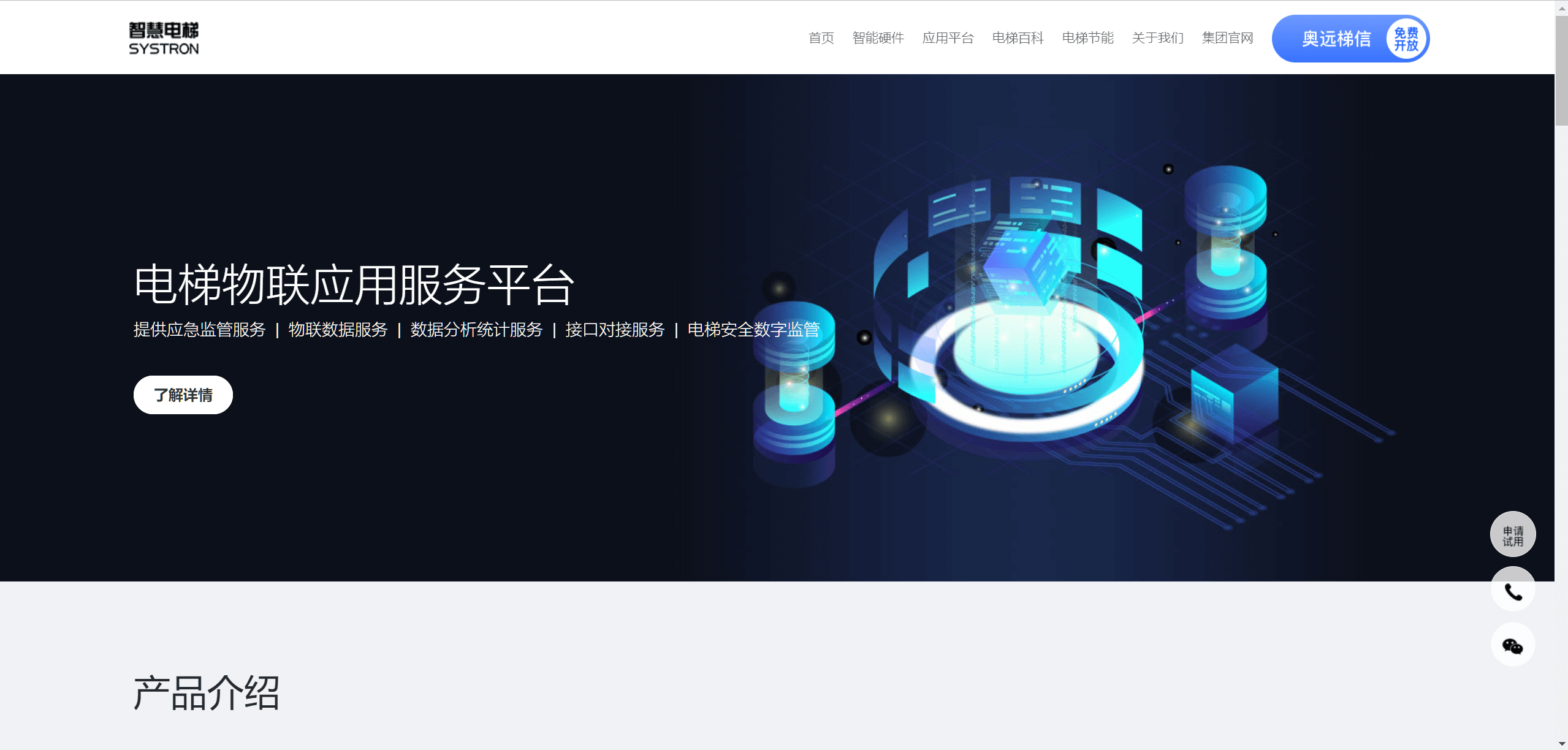Evaluation of Five Elevator Maintenance Management Systems in 2025
Original: https://cli.im/article/detail/2306
By 2025, China's elevator ownership will exceed 10.63 million units, making digital transformation inevitable. Currently, government-led paperless maintenance and market-oriented intelligent systems coexist. However, traditional manual methods remain prevalent in older communities and small-to-medium cities, facing issues like low efficiency, high missed inspection rates, and difficult data traceability after accidents. These outdated approaches are being phased out.
I. Challenges in Digital Transformation
While promising, digital transformation in elevator management faces multiple challenges:
- High Transition Costs: Most intelligent inspection systems require extensive sensors for real-time data collection and system deployment costs, making them unaffordable for SMEs.
- Technical Complexity: Intelligent inspection systems involve multiple advanced technologies including sensors, AI, and big data analytics. Many enterprises need additional specialized technical personnel to ensure system operation and maintenance.
- Data Security: Equipment operation data contains critical information requiring robust protection. Potential leaks pose serious security risks. With increasingly strict government regulations, enterprises must allocate more resources to ensure data security.
II. Evaluation of Five Elevator Maintenance Management Systems
This article analyzes the pros and cons of mainstream elevator inspection systems to help organizations choose solutions matching their scale and technical capabilities.
1. Ena Craftsman
An IoT-based "IoT + Maintenance" system with sensors installed in elevator cabins/equipment rooms for 24/7 monitoring.
- Features: Multi-dimensional sensors for real-time status monitoring; AI cameras for on-site data collection; Multi-dimensional data analysis models.
- Strengths: High-precision data analysis with potential failure prediction and proactive alerts for maintenance engineers.
- Weaknesses: High costs (over ¥5,000 per elevator upgrade), extensive sensor deployment requirements, and high technical thresholds.

2. CaoLiao QR Code
A no-code platform for building QR code-centric elevator maintenance systems. Each elevator uses one QR code to replace paper checklists.
- Features: WeChat scanning to view elevator records, log inspections/repairs/maintenance, and receive anomaly/missed inspection alerts.
- Strengths: Free to use, ultra-low cost, rapid deployment (30-minute setup), covers 80% core inspection/maintenance functions, zero learning curve via WeChat.
- Weaknesses: Manual data entry required (no hardware integration); Data reporting/analysis relies on APIs.

3. Aoyuan Intelligent Elevator
An IoT-based system for real-time monitoring of elevator faults, operational trajectories, and status analysis.
- Features: Real-time fault monitoring, cabin trajectory analysis, automatic fault detection/reporting.
- Strengths: Automated fault analysis/reporting, long-lasting operation.
- Weaknesses: Requires additional hardware (sensors, computing modules), high deployment costs.

4. OEM Platforms (Hitachi, KONE, etc.)
- Features: Integration with original manufacturer maintenance data; Real-time fault code diagnosis.
- Strengths: Strong compatibility with branded equipment, fast service response.
- Weaknesses: Brand-locked solutions struggle with cross-brand management, limiting application scope.

5. Government-Led Smart Supervision Platforms
State-driven systems like Lianyungang Smart Supervision Platform.
- Features: Repair requests, maintenance records, emergency repairs, inspections, safety education, and rating assessments.
- Strengths: Transparency, compliance, multi-party collaboration.
- Weaknesses: Mandatory policy-driven adoption, limited flexibility/customization.
III. Selection Recommendations
- Property Managers & SMEs: Prioritize QR code solutions like CaoLiao QR Code. Offers essential features (repair requests, maintenance logs, alerts) at no cost, rapid deployment, and multi-purpose applicability (staff/asset management, visitor registration).
- Large Enterprises & Government Projects: Combine government supervision platforms with comprehensive systems like Ena Craftsman. Focuses on long-term data value mining and fault prevention to meet high-standard requirements.